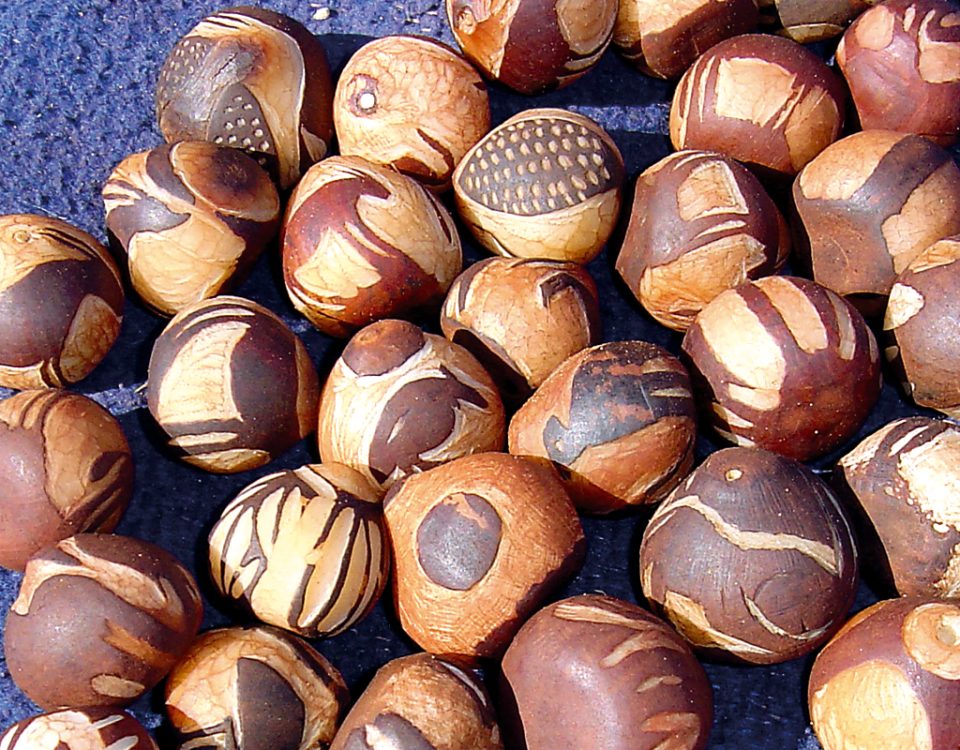July 1, 2016
The decline of the African wild dog, Lycaon pictus, has been well documented over the past 40 years. Distributed formerly throughout 39 sub-Saharan countries, today there are only about 6 600 animals left, inhabiting perhaps 14 countries. It has been endangered for about 20 years.




















